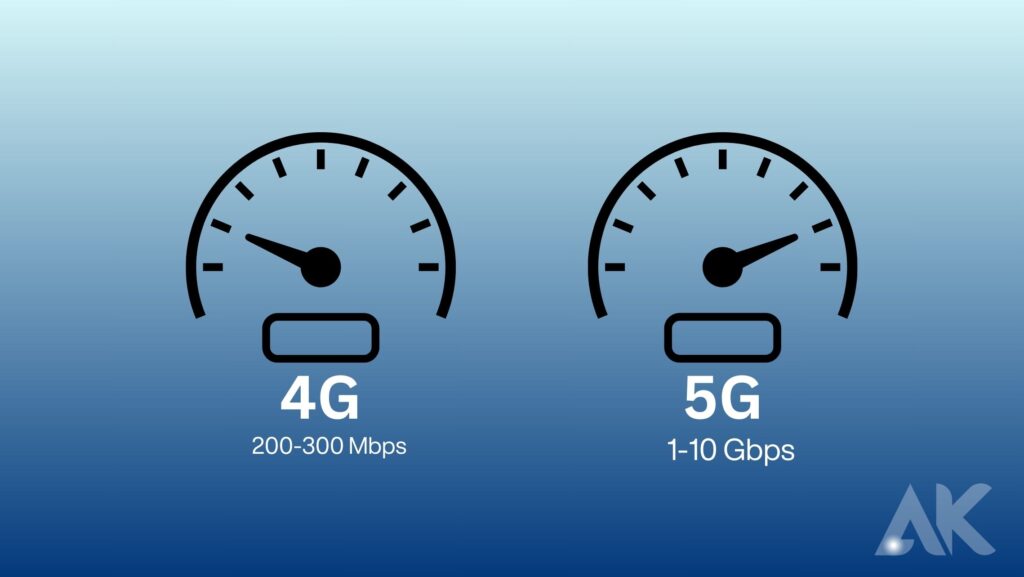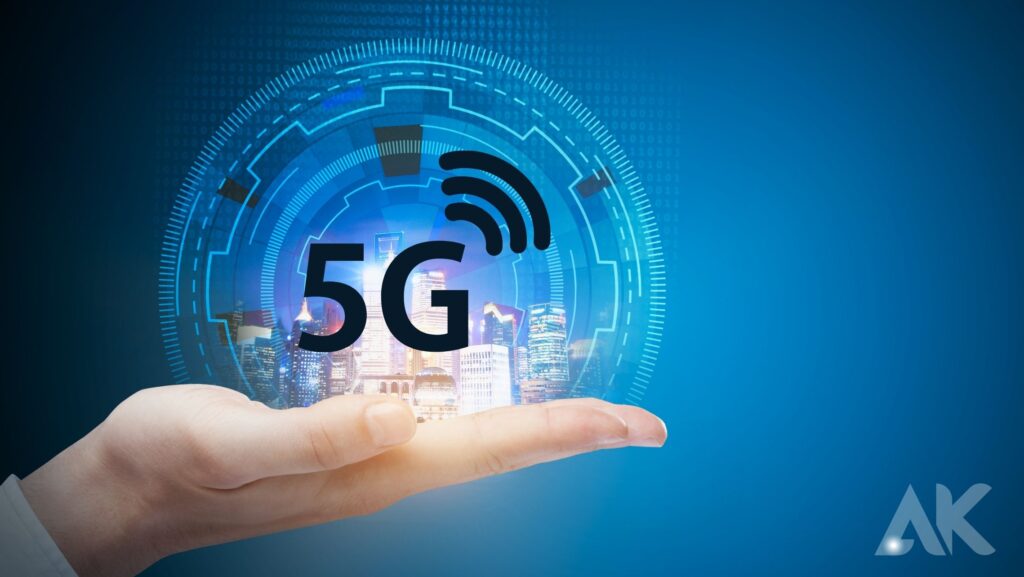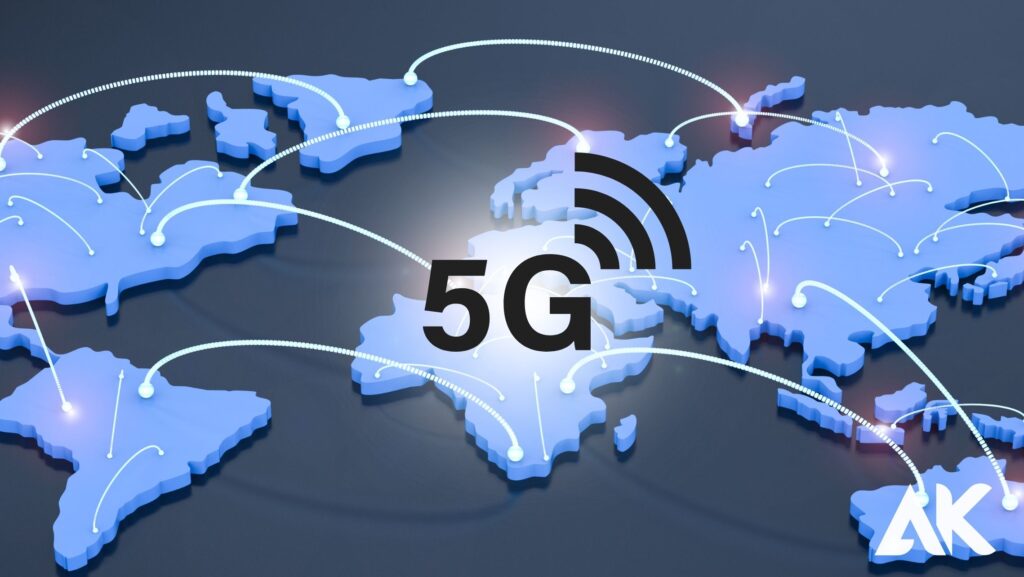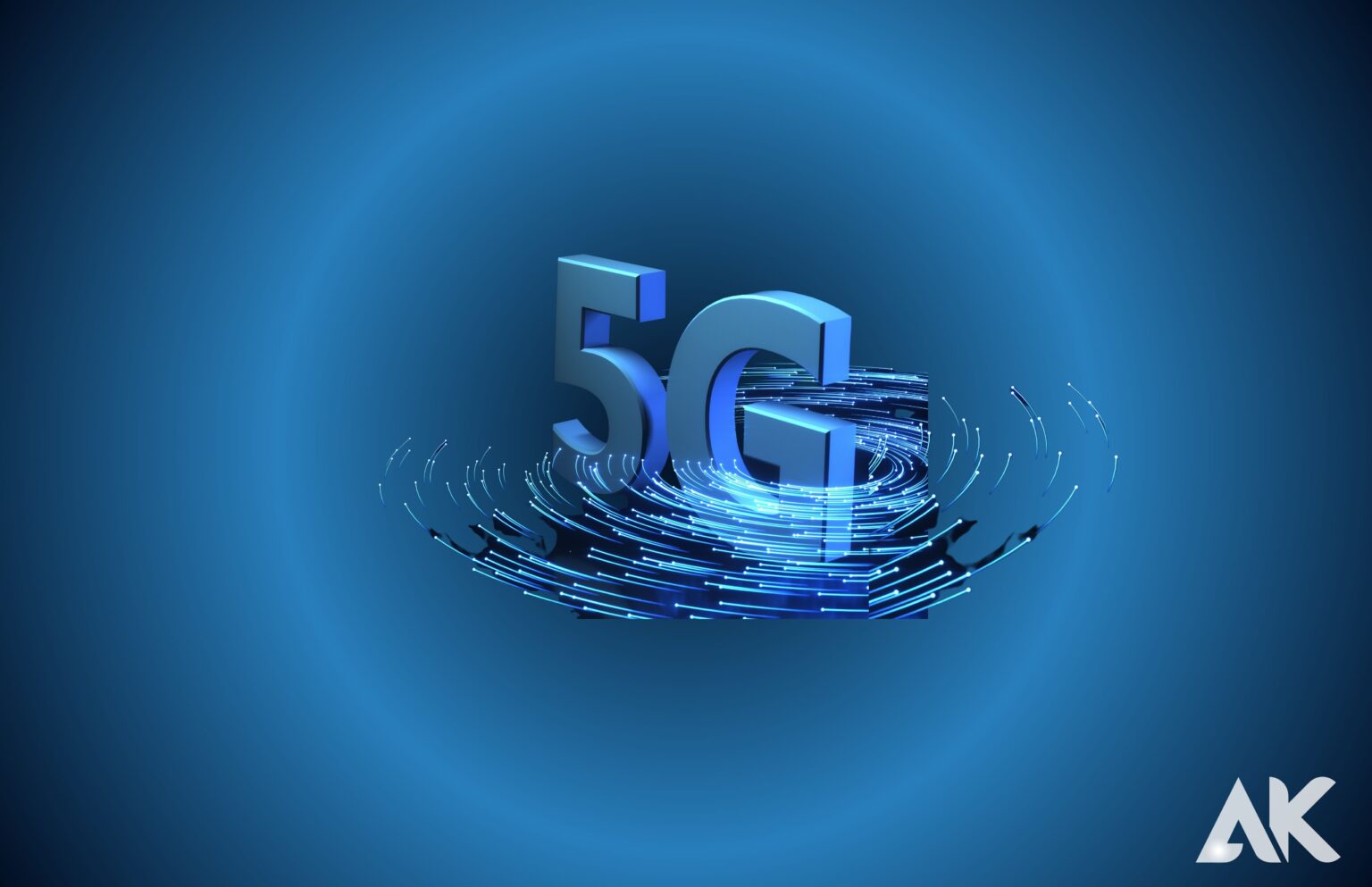5G networks will play a critical role in how nations pursue citizen security, how businesses compete, develop, and create value, and how individuals communicate and engage both locally and internationally.
However, because of its importance, among other reasons, it might be difficult to sift through the sea of data and distinguish reality from fiction. In the eyes of interested politicians, industry participants, and the general public, 5G may seem both overhyped and underhyped, here now and decades away, a critical national security issue and an economic fantasy.
In this article, I dispel four widespread misconceptions about 5G while also providing an overview of the upcoming fifth-generation mobile networks.
5G Myth is just faster than 4G.

What features does 5G provide its consumers with? Significant gains in speed and connection count are anticipated with 5G, along with a reduction in latency. To put it simply, 5G networks offer more immediate and quicker connectivity for more devices than 4G networks provide.
This transformation is based on three adjustments.
Speed: By significantly increasing bandwidth, Enhanced Mobile Broadband (EMBB) significantly improves the speed of the current mobile networks. Interestingly, higher speed does not necessitate as large expenditures in new telecommunications infrastructure as do latency and the number of connections. This means that when 5G networks are implemented, EMBB will also be the first advantage people encounter, which will contribute to the misconception that 5G is only faster than 4G.
Latency: Near real-time interconnection is made possible via Ultra-Reliable Low-Latency Communications (URLLC). Stated differently, it produces connections that appear to happen instantly by cutting down on the time that passes between sending and receiving information. URLLC is very important for use cases like remote surgery and autonomous cars. For each, the connection’s dependability and promptness are crucial, especially to prevent potentially disastrous real-world outcomes.
Number of Connected Devices: More network capacity allows Massive Machine Type Communications (MMTC), which is necessary to support both the numerous specialized use cases that many 5G proponents promise as well as the exponential rise of Internet of Things (IoT) devices in general. Remote-controlled surgeries, automated car fleets, automated and robotic factories, and even swarms of commercial and military drones all depend on the ability to connect billions of end-user devices and sensors—which communicate with one another and with other parts of the network—to the internet.
These three modifications are significant. They are essential to and will take advantage of the variety of use cases and business models that have emerged and will continue to do so. If 5G just outperformed 4G in terms of speed, it would not be feasible.
The 5G Future is Already Here

Although 5G is already being implemented in the US and other countries, we have not yet reached the technology’s full potential and are not expected to shortly. This is true for the use cases that 5G will cover as well as the current stage of development and implementation.
To create a network that can support both the Internet of Things and the Internet of Systems—that is, the digital platforms and instruments that will support the new digital economy, including production and manufacturing—5G fold increasing virtualization, cloud computing, edge computing, machine learning, network slicing, and automation. This calls for creative technological solutions in the areas of end-user devices, the core network, and the radio access network (RAN) of the telecommunications stack.
It is not unexpected that among early adopters like the United States, the deployment of greenfield (5G networks) has lagged behind that of brownfield (5G LTE networks, which are enhanced versions of current 4G LTE networks). While this process is underway, most of the functionality that 5G networks will provide in the future is still in the early stages of development, and implementation is still patchwork both within and between nations. For instance, even inside the United States, many 5G deployments now in use are slower than the 4G LTE networks they are gradually replacing.
5G networks will be terrestrial

“5G” frequently conjures up pictures of fibre optic cables, sensors, and cell towers. However, the 5G narrative is not limited to these networks’ terrestrial components.
Terrestrial telecommunications networks will not be sufficient to realise the full promise of ubiquitous, instantaneous connections for vast numbers of devices globally. To perform a larger range of tasks, satellites will need to play a considerably bigger role in conjunction with terrestrial and space-based components. For instance, offering coverage for mobile devices (such as those on a ship at sea, an aeroplane travelling between cities, or a vehicle travelling across the country) and facilitating an increase in connections in more isolated and rural locations
Therefore, the kind and level of connection that 5G networks will make possible both domestically and internationally will depend on how we combine ground- and space-based components.
National Security Concerns Centre on the Presence of Chinese Vendors in 5G Networks
Malicious actors have always targeted communications networks. This is a tendency that is only going to become worse with 5G, thanks to worries about the vendors who may be constructing these more software-defined and decentralised networks as well as the technological underpinnings.
Vendor-specific vulnerabilities: Depending on who is creating, running, and maintaining the technology in issue, security vulnerabilities related to 5G can vary. These worries are similar to hiring an unreliable business to build your home. They might keep a duplicate of the key, but even if they don’t, the business knows exactly how your house is set up and secured, so they can use that information to get in more quickly and effectively.
Regardless of any malevolent intent, that firm could also have a reputation for inadequate home security or for perhaps withholding parts that will be needed for future maintenance, which might put you at a disadvantage if you grow dependent on them. If working with unreliable firms is one of your few alternatives for creating a house, as it now is with integrated, end-to-end 5G network providers, the possibility of doing so becomes much more concerning.
Non-Vendor Specific Concerns: Recent high-profile cyber operations have shown clearly that a hostile actor does not need to fully develop a system to obtain access and do harm. Examples of these operations include the hacking of SolarWinds, Microsoft Exchange, and Colonial Pipeline. Network operators still have security risks, even if they steer clear of unreliable providers. These include the proliferation of software, the explosion of connected devices, the security of artificial intelligence and cloud computing enabled by 5G networks, the security issues that arise in brownfield deployments from 4G LTE networks, the dependability and resilience of a variety of supply chains supporting various network segments, etc.
5G networks provide (a) a potentially catastrophic single point of failure and (b) an excellent intelligence-gathering target given the wide number of linked devices and systems these networks will serve, in addition to other essential services and infrastructure. It is crucial to keep in mind that while the existence of unreliable vendors in this ecosystem should not be disregarded or minimised, neither should non-vendor-specific worries, as businesses and legislators struggle with these security issues.
Conclusion
5G networks are essential for industries, innovation, and generating value. They promise faster and more instantaneous connections for a larger number of devices than 4G networks allow, with Enhanced Mobile Broadband (EMBB) improving speed and latency. Ultra-reliable low-latency Communications (URLLC) allow for near real-time interconnectivity, making it crucial for use cases such as driverless cars and remote surgeries. Increased network capacity enables Massive Machine Type Communications (MMTC), supporting the exponential growth of Internet of Things (IoT) devices and various business models.
5G is already being deployed in the United States and around the world, but its full potential has not yet been realised. It folds increasing virtualization, cloud computing, edge computing, machine learning, network slicing, and automation into a network that can support the Internet of Systems. This requires innovative technical solutions across the telecommunications stack, including the Radio Access Network (RAN), the core network, and end-user devices.
To realise the full potential of ubiquitous, instantaneous connectivity for large numbers of devices globally, terrestrial telecommunications systems will not be enough. Satellites will need to play a far greater role, with terrestrial and space-based components working in tandem to carry out a wider diversity of functions.
National security concerns centre on the presence of Chinese vendors in 5G networks. Communication networks have long been the target of malicious actors, and 5G networks represent a potentially catastrophic single point of failure and a prime intelligence-gathering target. While the presence of untrusted vendors in this ecosystem should not be overlooked or downplayed, neither should non-vendor-specific concerns.
FAQS
What is the major problem with 5G?
There are regulatory obstacles associated with the rollout of 5G networks. Spectrum allocation, data privacy, and health and safety are a few of these concerns. Regulators will have to strike a compromise between the necessity of development and innovation and the requirements of consumer protection and network integrity.
What are the facts about 5G?
With peak data speeds of up to 20 gigabits per second (Gbps) and average data rates of over 100 gigabits per second (Mbps), 5G has the potential to be far faster than 4G. Over 4G, 5G has more capacity. A 100x improvement in traffic capacity and network efficiency is what 5G is intended to enable.
Why is 5G a threat?
5G networks’ enhanced connection and data transmission capacities make it possible for service providers and network operators to gather vast amounts of data. Concerns over the security and privacy of personal data are raised by this.

